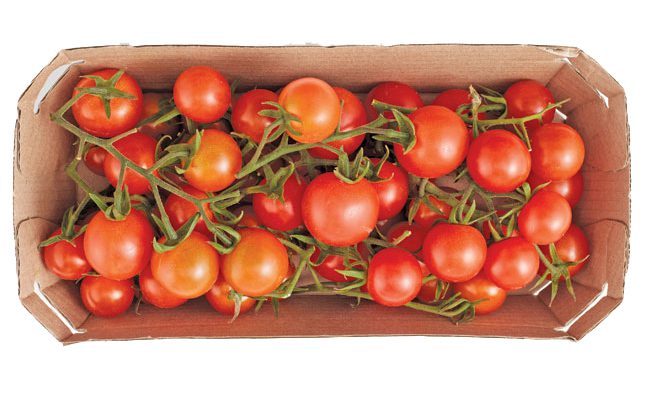
Photo: MPACT
Whether its paperboard punnets for mushrooms or cardboard boxes for apples, South Africans are leaning toward paper packaging for its environment-friendliness, among other benefits.
This was according to the Paper Manufacturers’ Association of South Africa (PAMSA), which enlisted South Africa as one of the 16 countries that participated in this year’s global ‘Trend Tracker Survey’.
The biennial consumer research study sought to understand consumer perceptions towards print and paper products, looking specifically at environmental awareness, reading habits and packaging preferences.
Samantha Choles, communications manager for PAMSA, said the shift to online shopping had accelerated dramatically in recent years.
“Consumers have come to appreciate the safety, speed and convenience of buying products online. However, many are increasingly concerned about how their goods are packaged and delivered, and how easy it is to recycle materials used,” said Choles.
Preferences
More than 10 000 consumers participated in the survey, answering questions on their preferences and opinions regarding packaging types, their attributes and their impact.
About 58% of people preferred products ordered online to be delivered in paper packaging, while 56% are actively taking steps to increase their use of paper packaging.
“Paper’s environmental credentials stack up especially in terms of recyclability and renewability. Of course, paper remains a versatile, beautiful material and adds to the tactile experience for the consumer,” said Choles.
Consumers were asked to rate various packaging materials, paper/cardboard, plastic, glass and metal against 15 environmental, visual and physical attributes.
In 10 of the 15 attributes presented, paper/cardboard scored the highest among South African consumers in the following categories: better for environment (55%), less expensive (56%), home compostable (65%), lighter weight (50%), safer to use (47%), easier to recycle (42%), easier to open/close (44%), better information about the product (39%), easier to store (32%) and more practical (36%).
Return system
According to the survey, 77% of South African consumers said they would actively support retailers who offer a packaging return system while 60% would buy more from retailers who remove plastic from their packaging.
Just more than half of consumers would consider avoiding a retailer that is not actively trying to reduce their use of non-recyclable packaging while 42% believe that paper-based packaging is easier to recycle than other materials.
Recycling data reflects this belief to a certain extent, as in South Africa just less than 61% of paper and paper packaging (1,25 million tons) was recycled in 2022.
Metal packaging has the highest recycling rate of 76%, while glass is 44% with the recovery of various plastics trailing at 43%.
Consumers were asked to rank who they believe has the most responsibility for reducing the use of non-recyclable single-use packaging and 36% indicated that governments and local authorities carry most responsibility in this area.
A quarter of the respondents felt that consumers should take responsibility through their personal choices and 18% believed packaging manufacturers, brands and producers should be the leaders.
Only 4% of those surveyed felt that retailers carried the most responsibility. More than 60% of respondents agreed that non-recyclable packaging should be discouraged through taxation.
“South Africa has some good examples of brands leading the way, especially with packaging design and substitution, and ensuring local recyclability, while also being fit-for-purpose and safe for food contact,” said Choles.
At PAMSA’s roundtable in July, Don MacFarlane, packaging senior at Woolworths, said that trends showed a move back to carton-board or paper packaging from multiflex plastic flexible for products like washing powder.
Along with the switch to paperboard punnets for fruit and vegetables, engineered paper is increasingly being used as primary packaging for dry goods, confectionery, and snacks.











